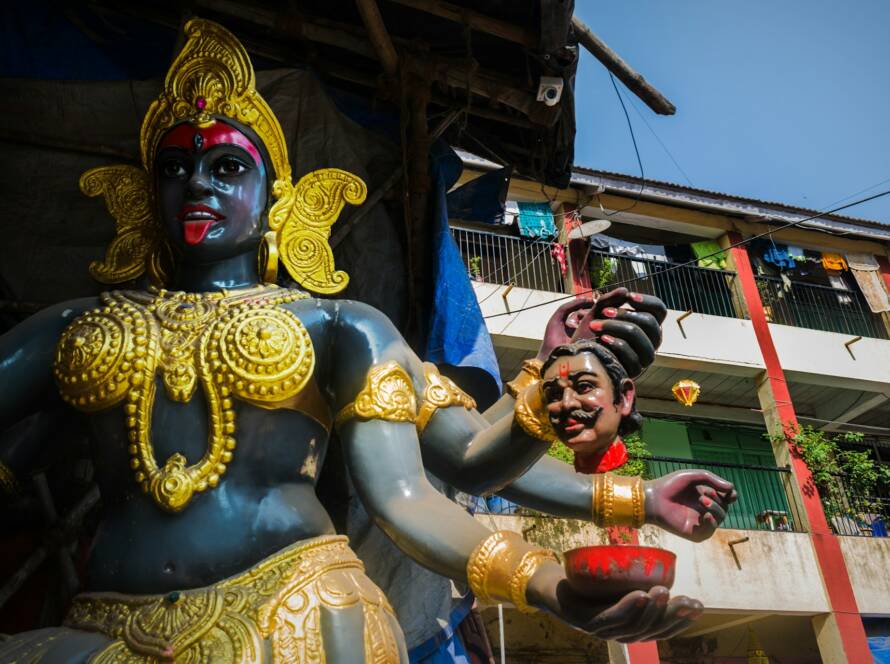In the Tantric tradition, metaphysical understanding often questions mainstream thinking. One of its central claims is both provocative and profound: the feminine is the actual doer in the universe. She creates, maintains, and destroys, while the masculine provides impulse and presence.
This is not just a poetic image. It is a bold philosophical and spiritual statement that runs through the heart of many Tantric texts.
The Feminine as the Doer
The Kubjikā Tantra, quoted by Sir John Woodroffe (Arthur Avalon) in his Introduction to Tantra Shastra, declares that it is not the Hindu Trimurti of creation, Brahma the creator, Vishnu the sustainer, or Rudra (Shiva) the destroyer, who are “doing”. The great functions of the universe are not handled by this masculine trinity. Instead, it is their feminine counterparts: Brahmī, Vaiṣṇavī, and Rudrāṇī, their wives. The text continues that without the feminine, the gods are merely corpses — śava. Lifeless and empty.
The Tantric texts love to be provocative, to awaken by contrast. And what they are pointing to is consistent throughout Tantric metaphysics: nothing moves without Shakti, the Divine Feminine who is the actual doer. But this movement, this energy, only becomes harmonious and creative when united with Shiva, pure consciousness.
The Cosmic Dance of Shiva and Shakti
In Tantra, everything is born from this sacred union of opposites. It’s not God alone who says, “Let there be light.” It’s God who speaks, and the Goddess who acts. He initiates; she executes. He is the witness; she is the movement. He is the word; she is the breath that carries it into being.
We can translate even the Genesis story through Tantric language:
God said, ”Let there be light.” And the Goddess made light.
God said, ”Separate the sky from the earth.” And the Goddess separated them.
God said, “Create man in our image.” And she did it.
This union mirrors what we observe in human life. A man provides the seed. But the woman becomes pregnant. The sperm carries a small spark of life; it carries the impulse of the beginning, but the feminine holds it, nurtures it, and transforms it into a child. The masculine initiates; the feminine manifests.
Without Each Other, They Collapse
Still, Tantra does not elevate one principle above the other. Instead, it declares that only together do they create harmony.
Without the masculine aspect, the feminine becomes a chaotic energy. Like an unintegrated emotion that is not united with consciousness, like destructive anger or sadness, it becomes distracting and moves blindly. But when consciousness (Shiva) unites with that energy (Shakti), it turns into a resource; it transforms us.
Tantra invites us to honour this balance between the masculine and feminine within ourselves, in relationships, and in the way we understand the Divine. To see that what is commonly called God may, in truth, only move when united with the Goddess. And in such a union, there is the beauty and the power of creation itself.
This article was transcribed and edited by Tony from the following video:


